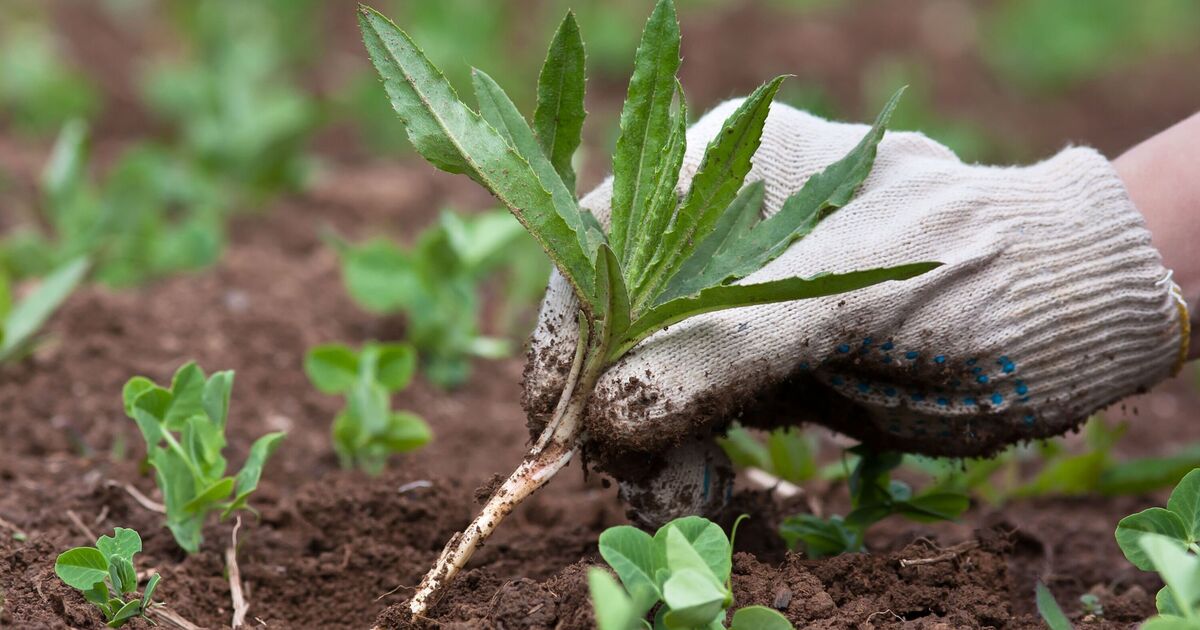As any gardener knows, weeds can quickly take over your carefully tended beds, especially during the warmer months. While chemical sprays and hours of hand-pulling are common approaches, there’s a lesser-known, natural technique that can save you time and effort—while improving your soil in the process.
Using cardboard to suppress weeds is a popular technique among ‘no-dig’ gardeners, but it has endless benefits for anyone starting a new garden bed or border. “Cardboard is great for killing existing vegetation to create a garden bed,” says horticulture extension specialist Aaron Steil. The best part is, it won’t disturb any nearby growth you want to keep intact.
The cardboard layer not only keeps weeds at bay but also enriches the earth as it breaks down. However, you should avoid cardboard with a glossy finish, as this takes much longer to break down and may contain heavy metals.
Instead, stick to the plain brown kind. While you can use a black and white newspaper as an alternative, the pile must be about 10 sheets thick for maximum effect.
Gardening enthusiasts and the founders of the Grow It Build It blog note that cardboard is “the most effective at smothering grass,” as it is just more robust and harder for a weed to poke through once moist.
Repurposing cardboard in your garden is as easy as it sounds, and depending on where the weeds are growing, you might not have to do anything beforehand.
For lightly overgrown beds and borders, simply lay a flattened cardboard box over clusters of weeds and top with garden mulch.
If you want to revamp an area of your lawn ready for re-turfing or turning into a flower bed, the gardening bloggers suggest digging up the area with a shovel.
Next, apply newspaper or cardboard to prevent “big perennial weeds” (like dandelions) from poking back through before mulching the area.
Mulch comes in many different forms, but using the cardboard technique, you can choose the one that looks best in your garden.
Wood chips and bark offer a longer-lasting weed impression while giving a natural look. Meanwhile, compost enriches the soil further as the cardboard layer decomposes.
Plant clippings can be used as long as they are free from herbicides and chemicals.
It is important to avoid using thick layers of cardboard around established plants, warned Aaron. Doing so can restrict water and air movement to the soil, negatively affecting soil health and plant growth.

